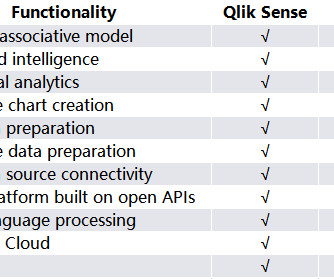10 IT skills where expertise pays the most
CIO Business Intelligence
MAY 10, 2024
Each service is broken down and then categorized by its own specific set of functions into a standardized interface, enabling those services to interact with and access one another. Because of this, NoSQL databases allow for rapid scalability and are well-suited for large and unstructured data sets.















Let's personalize your content